
News
Sign Language History Heroes: William Hoy
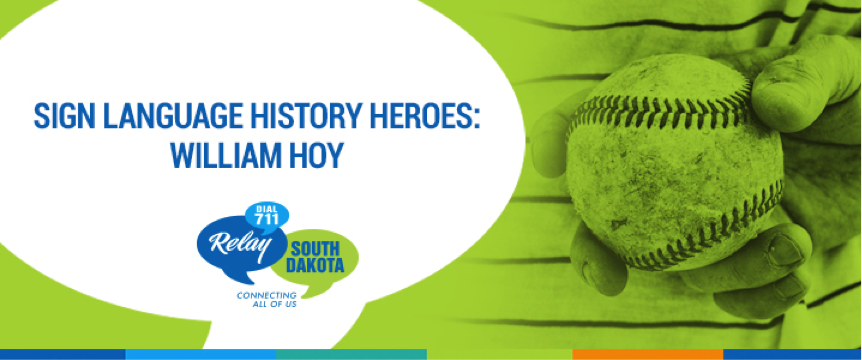
Left deaf and mute after contracting meningitis at age 3, William Ellsworth Hoy (1862-1961) could have spent his life dependent on others. Instead, he became a successful entrepreneur and major league baseball player.
Read the articleSign Language History Heroes: Charles-Michele De L’Epee
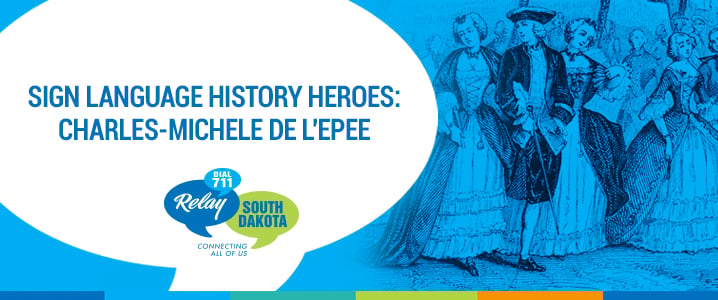
Can you imagine a world where deaf people not only have no rights – but were considered “senseless” and incapable of learning? That was 18th century Europe. French priest Charles-Michel de l’Epee (1712-1789) set a course for change.
Centuries after his death, he is still recognized as The Father of Sign Language and Deaf Education.
Read the articleMust-See Movies: 5 Deaf Stars & Characters We Love
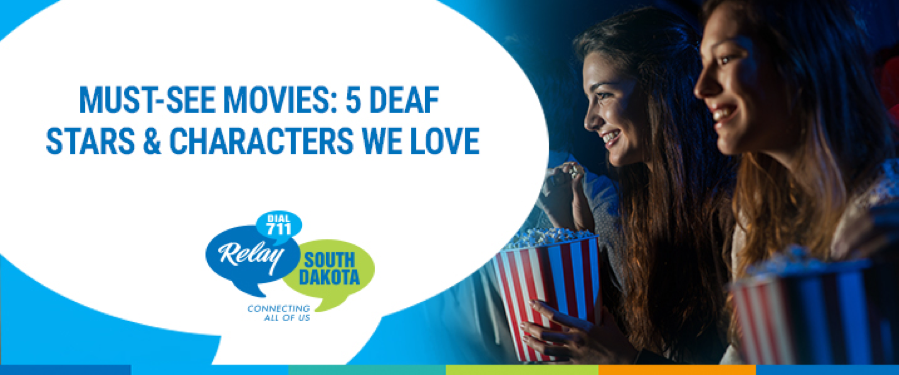
If you ask most people to name popular deaf or hard-of-hearing stars in Hollywood, one actress reliably comes to mind: Marlee Matlin, Oscar-winner for “Children of a Lesser God” in 1987. After that, it’s usually silence. But recently deaf stars and deaf characters are retaking the spotlight.
Let’s hear it (ugh, bad pun) for these five deaf stars and characters we love.
Read the article5 Ways for Hard-of-Hearing People to Navigate Working in the Service Industry

If you’re hard-of-hearing, it’s no secret that communicating can be difficult – especially on the job. As with every other part of your life, it’s important not to let these challenges stand in the way of accomplishing your goals. Everyone deserves a rewarding career that they love. That includes you!
Here are 5 ways for hard-of-hearing people to navigate working in the service industry.
Read the article4 Phrases to Skip with the Deaf and Hard-of-Hearing Community
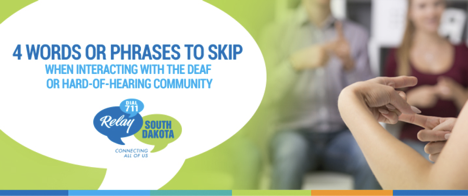
Whether you’re meeting an individual with hearing loss for the first time or interacting with someone you know well, the basic rules of conversational etiquette apply: Think before you speak. Talk in a normal voice. Be polite and attentive.
Trying to connect with an individual with hearing loss without understanding their culture can make you come off as rude, however unintentionally. Try to avoid these four phrases at all costs.
Read the article5 Ways the Deaf Community Has Come a Long Way Since TTY Equipment

Tech advancements have made an impact on the everyday lives of many people—and the deaf and hard-of-hearing community is no exception. Advancements in telephones, hearing aids, FM systems, cochlear implants and other TTY technologies have undoubtedly made their marks on the population.
But what does this impact look like, and how has it affected relationships with the hearing community?
Read the article6 Influential Moments in Deaf Culture
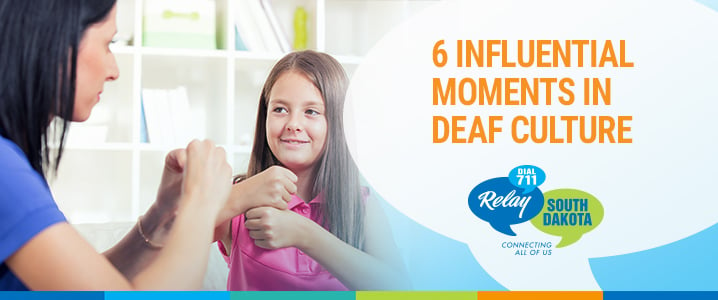
The deaf and hard-of-hearing community has had numerous important individuals and milestones that have improved lives over time. These opportunities have helped shape what it’s like to be a deaf person worldwide.
Here are just a few of the influential moments in deaf culture that have made an impact on the community.
Read the article“Bad Lip Reading” Videos and the Hard-of-Hearing Community
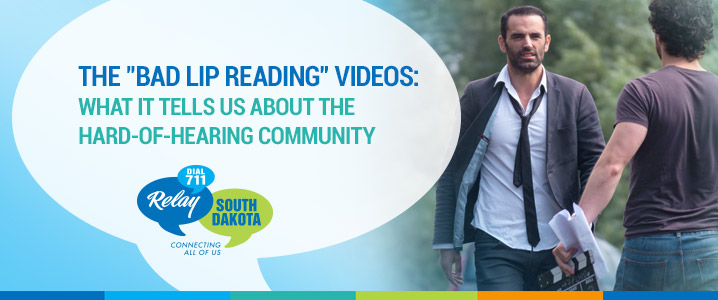
Whenever a new “Bad Lip Reading” video is released, viewers get a good laugh. It is entertaining to watch what the creators perceive the people in the videos to be saying because it is almost always wildly out of context of the actual video content.
It’s further proof that it’s easy to make mistakes when you lip-read. Here’s what the “Bad Lip Reading” videos say about the communication style.
Read the articleA History of Sign Language: Where It’s Been and What’s Coming
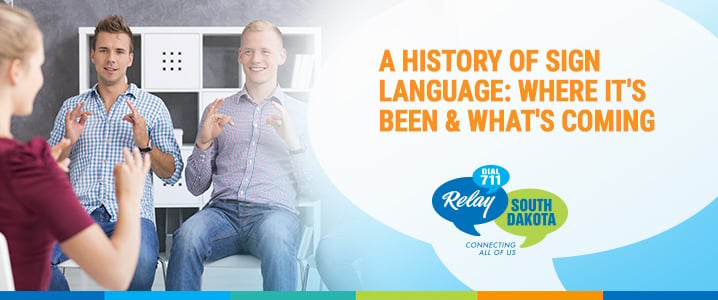
Many deaf or hard-of-hearing individuals primarily communicate through sign language. Sign language uses gestures, hand signs and fingerspelling instead of spoken words. Signs can represent single words or entire phrases. Like spoken languages, sign languages also contain grammatical rules, expressions, regional accents and dialects.
But how did it all begin? Let’s take a closer look.
Read the articleUnderstanding the Art of Lip Reading: 5 Things to Know
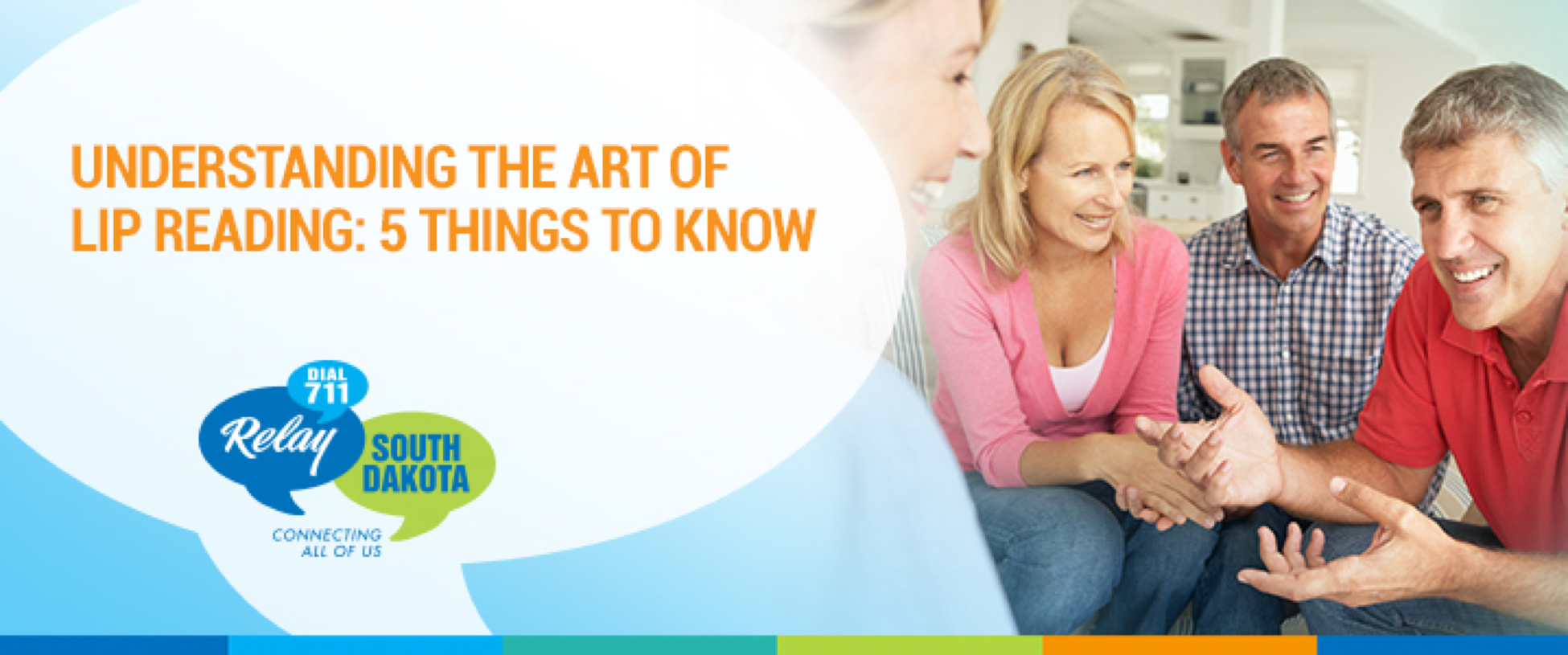
Read my lips! You may have heard that phrase when someone wants to hammer home a point, like a mother telling a child, “Read my lips. You're not having any more ice cream.”
While you usually might not think twice when hearing that phrase, for many hard-of-hearing people lip reading can be an invaluable communication skill.
Here are a few things you should understand about lip reading.
Read the article
